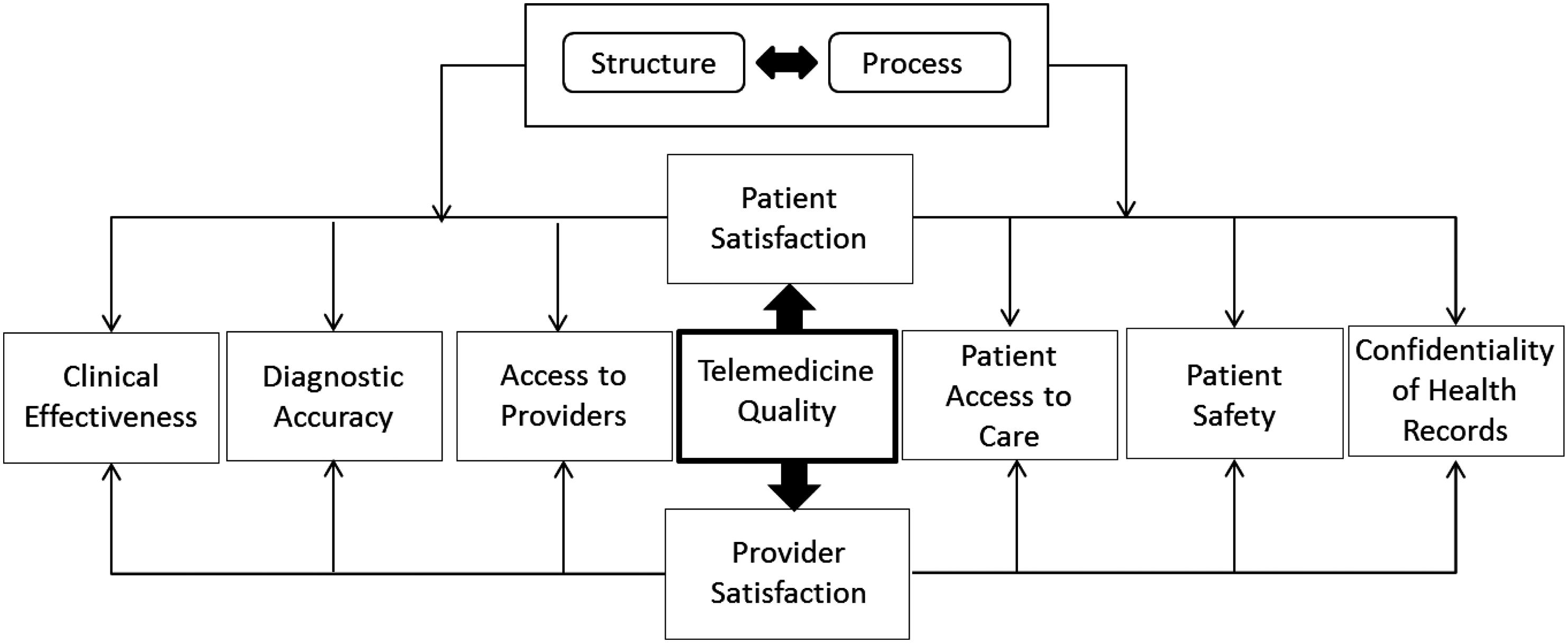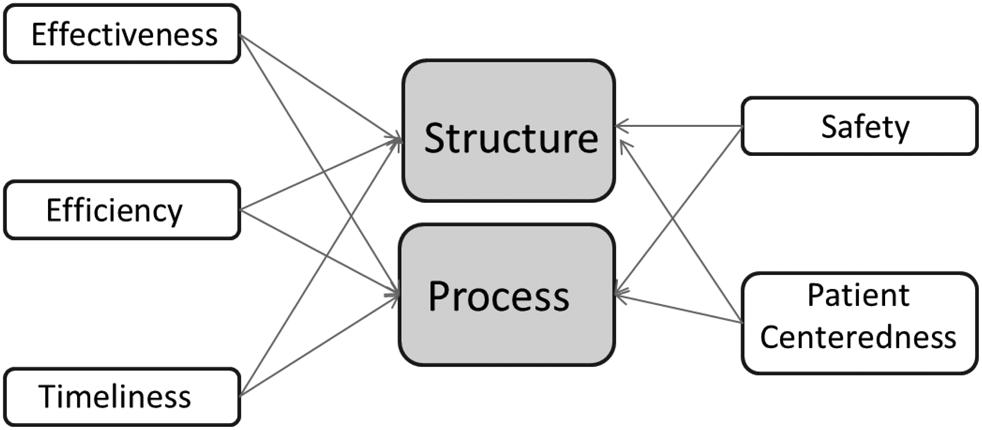
1 minute read
Efficiency and Process
virtual imaging are more current in research and morphology teaching. In surgical pathology daily practice, this technology still has limits and is more often used for case consultation. Many of the limitations of virtual imaging for the surgical pathologist reside in the capacity to store images, which thus far has hindered the more widespread use of this technology.
While it is undeniable that telemedicine has contributed to improving the prevention, diagnosis, and treatment of disease, as well as access to healthcare, it must be emphasized that the enthusiasm and the infatuation it evokes hide a sad reality. Indeed, it is not enough that things are technically possible and medically desirable to be simple. Telemedicine faces, like most other radical technological innovations, cultural, structural, economic, organizational, and legal obstacles that undermine its full deployment (Yaya and Raffelini, 2009).
Advertisement
Efficiency and Process
The confluence of efficiency and process holds a great deal of promise for telemedicine. The efficient deployment of telemedicine requires an effective management of a process. Organizations that adopt telemedicine strategies must be willing to incorporate some form of learning and education for the process to be successful. Mishra et al. (2009) report that India, with its diverse landmass and huge population, is an ideal setting for telemedicine. There, telemedicine activities began in 1999. Since then, the Indian Space Research Organization has been deploying a satellite communication (SATCOM) based telemedicine network across the country. Various government agencies—the Department of Information Technology and the Ministry of Health & Family Welfare, state governments, and premier medical and technical institutions of India—have undertaken initiatives with the aim of providing quality healthcare facilities to the rural and remote parts of the country. The Government of India has planned and implemented various national-level projects and even extended telemedicine services to South Asian and African countries.
Efforts are taking place in medical e-learning to establish digital medical libraries. Some institutions that are actively involved in telemedicine activities have started curriculum and non-curriculum telemedicine training programs. To support telemedicine activities within India, the Department of Information Technology has defined standards for telemedicine systems, and the Ministry of Health & Family Welfare has constituted the National Telemedicine Task Force. There are various government and private telemedicine solution providers and a few societies and associations actively engaged to create awareness about telemedicine within the country. With





